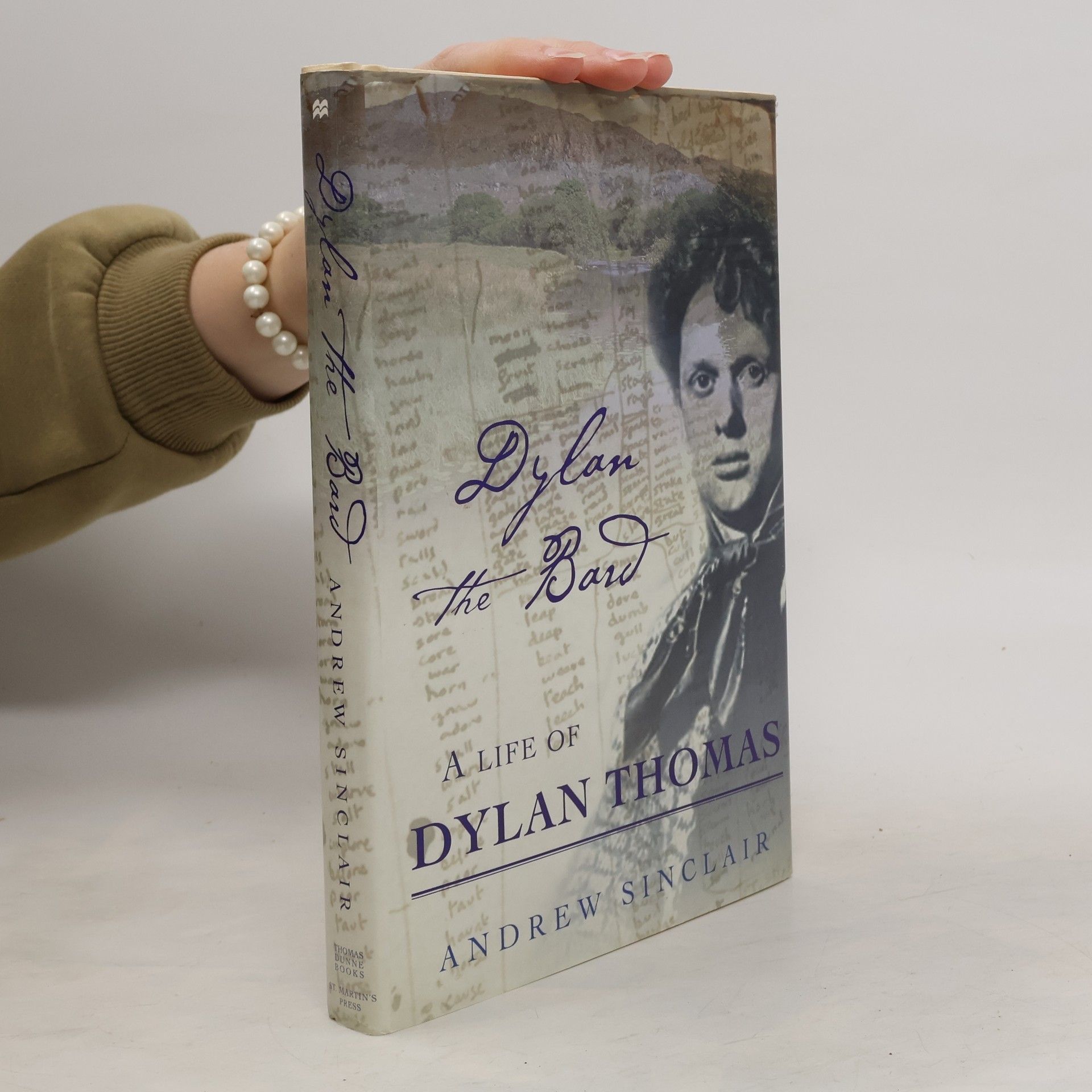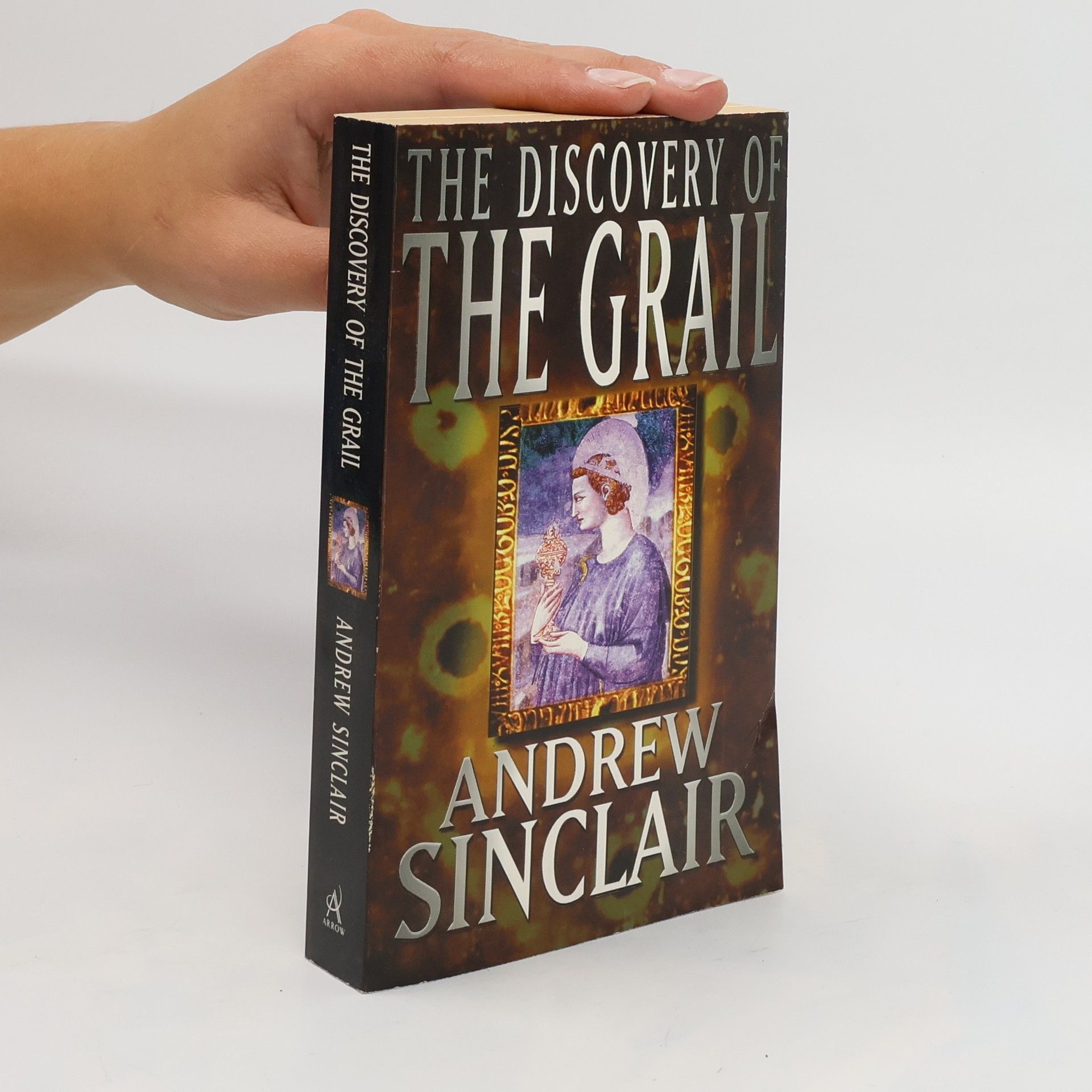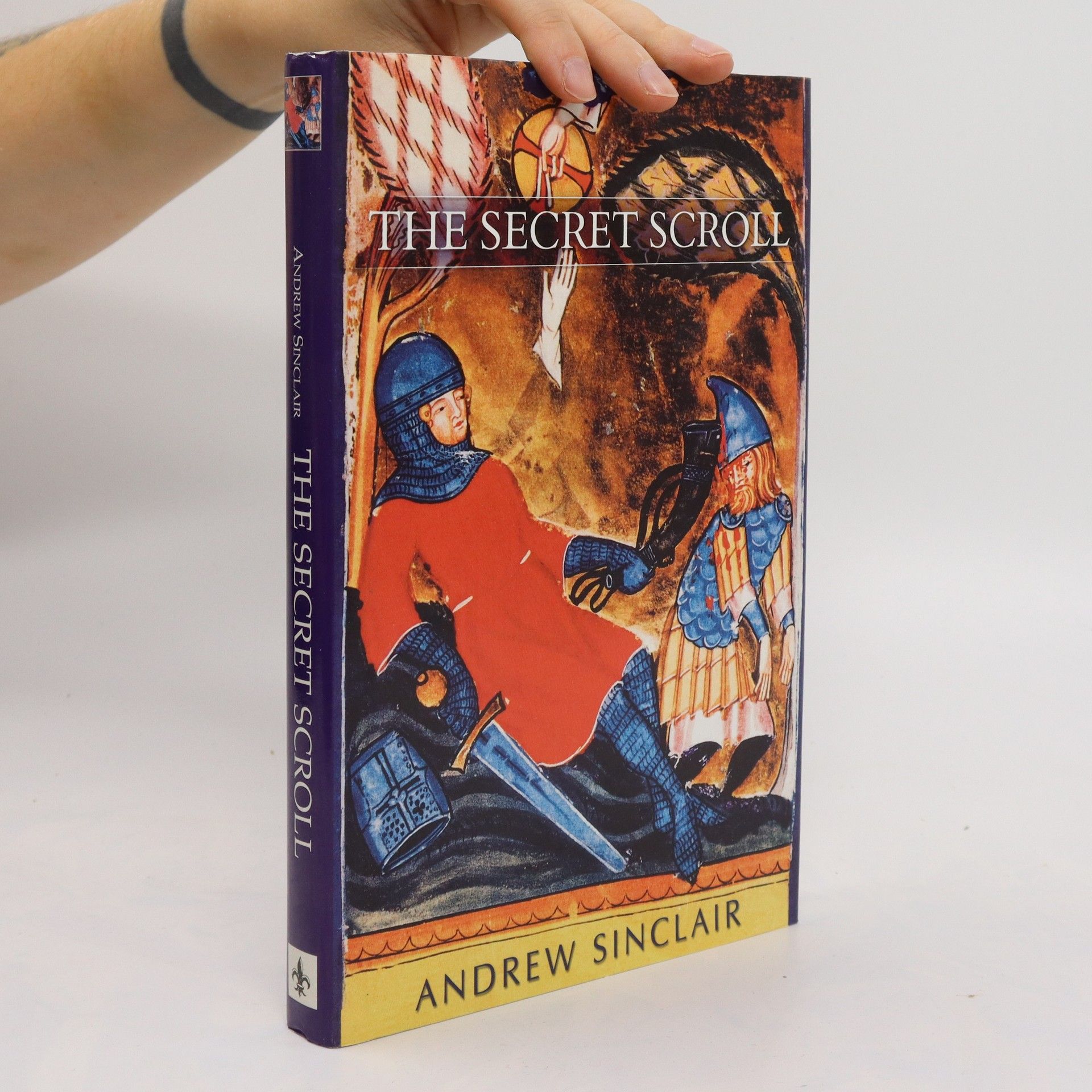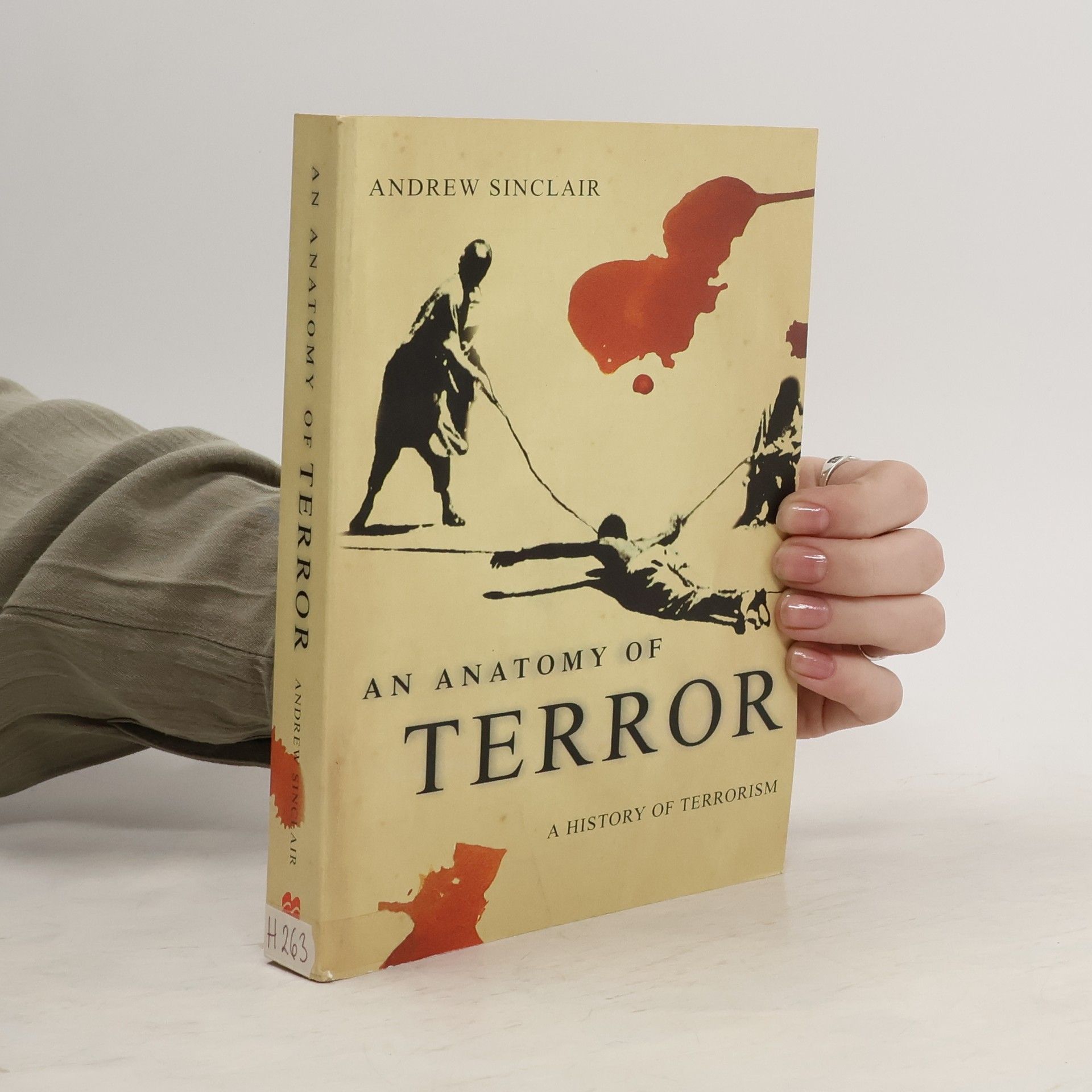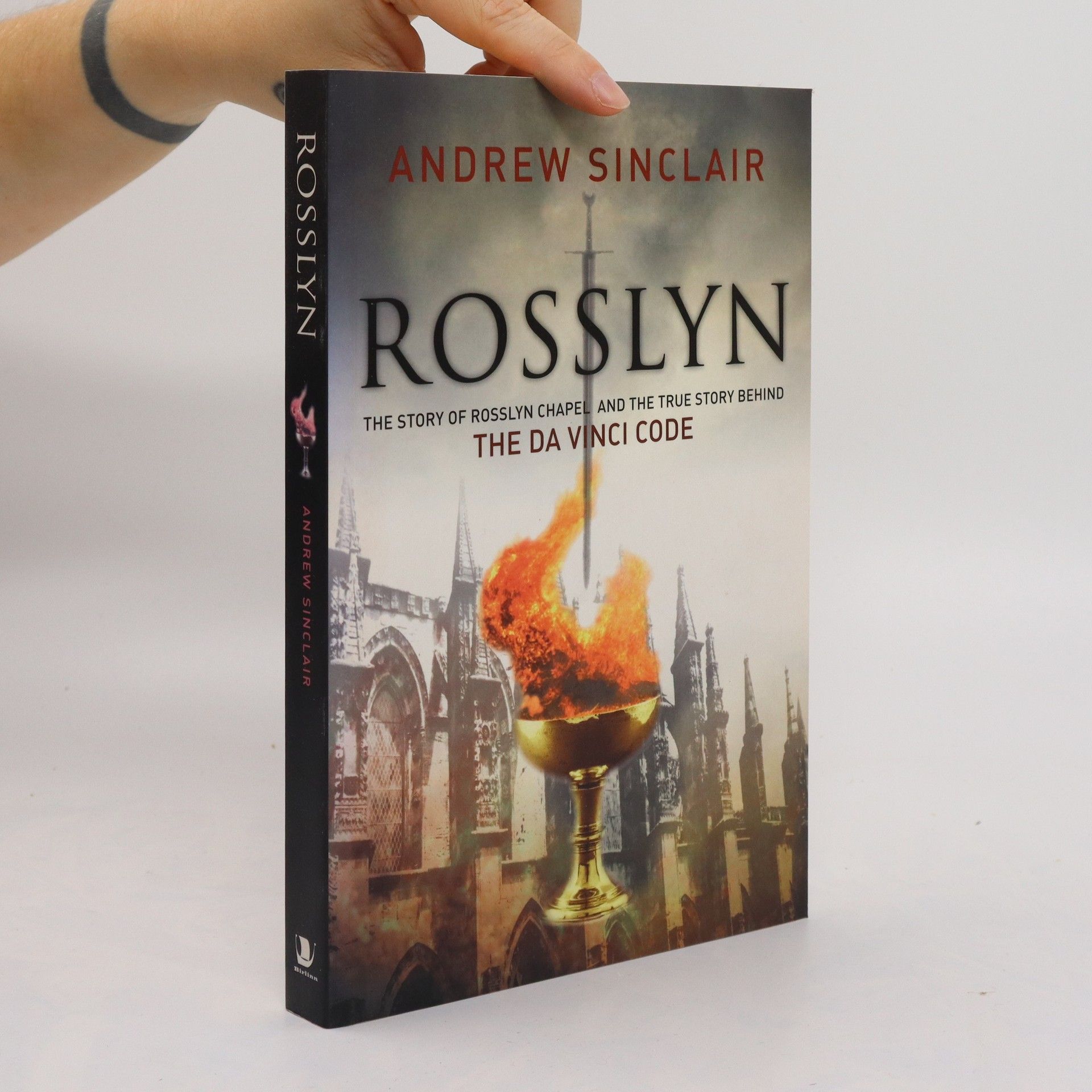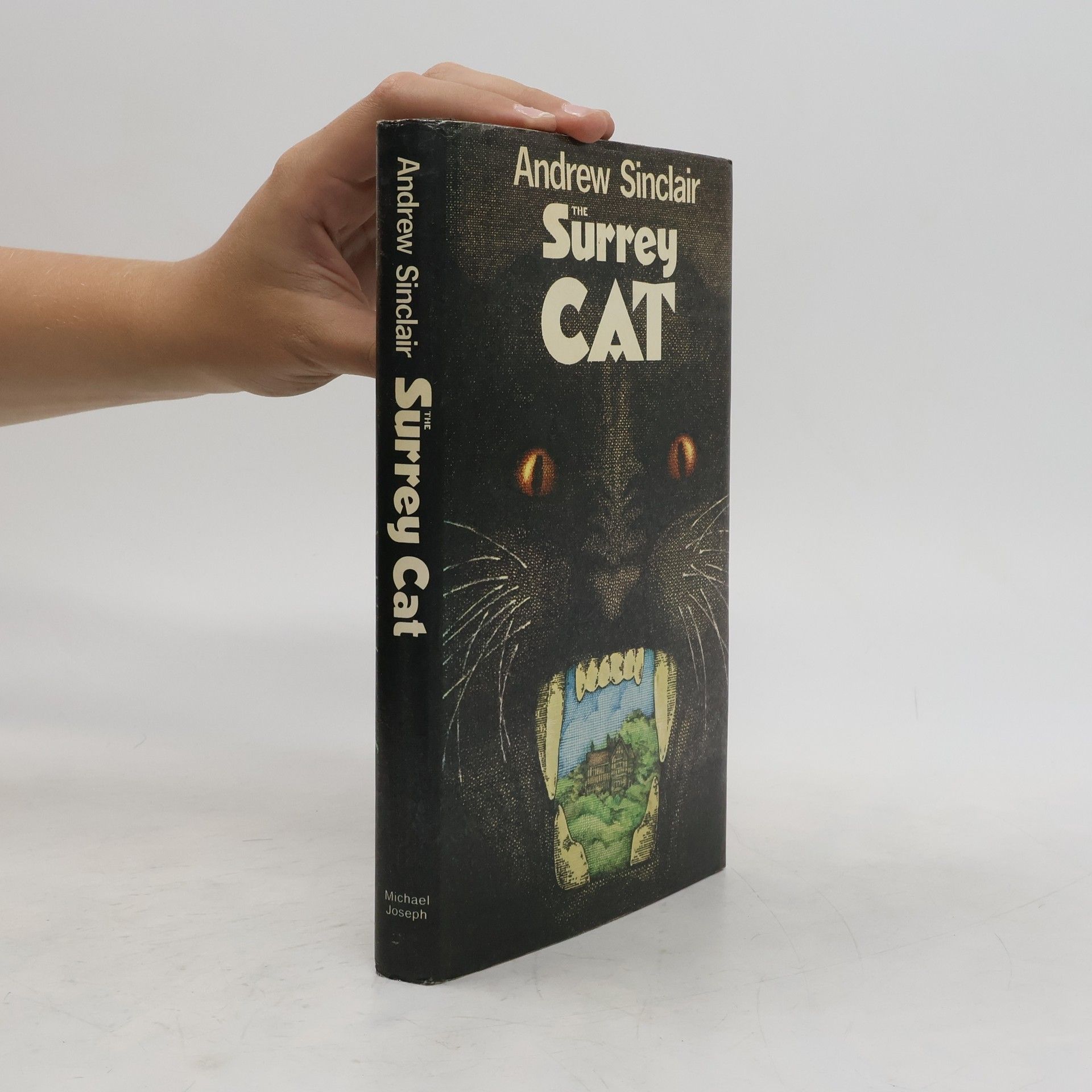Storia del terrorismo
Dall'antichità alle sette islamiche degli assassini, dall'IRA alle Torri Gemelle fino alla situazione esplosiva del Medio Oriente
- 317pagine
- 12 ore di lettura
Il saggio di Andrew Sinclair esplora il pensiero e i metodi del terrorismo e dimostra come la strategia del terrore non abbia mai perso la sua efficacia, fin dai tempi della setta degli Assassini e delle orde mongole. L'unica differenza è che le moderne tecnologie permettono lo sterminio di decine di milioni di persone, invece delle decine di migliaia di vittime causate dagli antichi strumenti di distruzione. Nato da una meticolosa ricerca, questo libro analizza l'uso atroce dell'arma del terrorismo, dalla distruzione di Cartagine per mano dei Romani all'attacco suicida alle Torri Gemelle.

